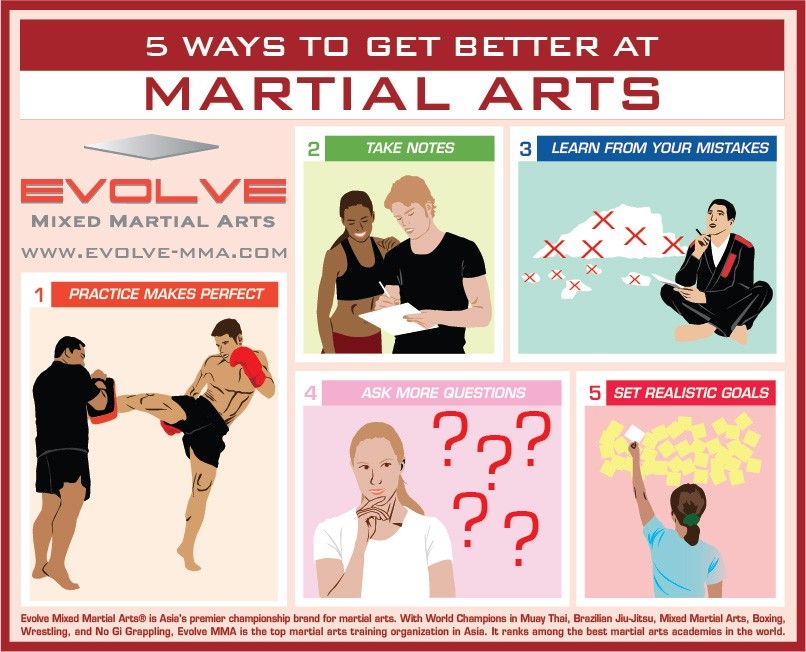Martial arts have a fascinating history that extends centuries and continents. You may locate it fascinating exactly how ancient methods like Shuai Jiao and Kalaripayattu laid the groundwork for modern-day fight strategies. These self-controls not only highlight physical abilities yet additionally reflect the societies that birthed them. As you discover their evolution, think about exactly how globalization has actually changed these standard kinds right into hybrid styles. What influences do you think have shaped today's martial arts landscape?
Ancient Martial arts: The Foundations of Combat
As you delve into the globe of ancient martial arts, you'll find the abundant structures that formed combat methods throughout cultures. Early practices concentrated on Self-Defense and survival, typically integrating strikes, grappling, and weaponry.
In ancient China, for example, methods like Shuai Jiao emphasized throws and joint locks, while India's Kalaripayattu showcased agility and fluid activity. Japanese samurai created Kenjutsu, a polished swordsmanship that highlighted technique and strategy.
These martial arts offered not just for fight yet additionally as a way of individual development, instilling values like respect and willpower. The blending of these strategies with time prepared for the diverse martial arts you see today, each reflecting the special approaches and requirements of its culture.
The Social Impact on Martial Arts Development
While martial arts usually mirror the sensible demands of a culture, they additionally embody the social values and beliefs of their origins. When you check out various martial arts, you'll see how they're affected by religious beliefs, approach, and social standards.
For instance, the emphasis on regard and technique in Japanese martial arts stems from Zen Buddhism and samurai society. In Web Site , Brazilian Jiu-Jitsu promotes adaptability and strategy, formed by the need for performance in a varied, multicultural setting.
You may discover that the routines, attires, and training approaches show a community's history and identification. By understanding these cultural influences, you grow your recognition of martial arts and their role in shaping human experiences around the world.
Modern Adaptations and the Globalization of Martial arts
Martial arts have actually changed considerably in recent years, adjusting to contemporary society and global impacts. You'll notice that conventional types have blended with modern-day strategies, creating hybrid styles like mixed martial arts. These adaptations cater to varied target markets, making martial arts available and appealing worldwide.
With the surge of social media and electronic platforms, you can find tutorials and competitions from all corners of the globe, damaging geographical obstacles. This globalization has actually caused a common admiration for different techniques, from Brazilian Jiu-Jitsu to Taekwondo.
As you involve with these arts, you'll realize they're not just about combat; they advertise fitness, self-control, and psychological wellness.
Eventually, contemporary adjustments have actually enhanced the martial arts landscape, making it a vibrant and developing technique.
Final thought
In discovering the history and advancement of martial arts, you uncover an interesting mix of strategies, societies, and approaches. From ancient disciplines like Shuai Jiao and Kalaripayattu to the contemporary flexibility seen in MMA, martial arts reflect humankind's quest for Self-Defense and personal development. As you engage with these methods, you not just obtain abilities yet also a deeper gratitude for the diverse practices that shape our world today. So, continue your journey and welcome the art of combat!
